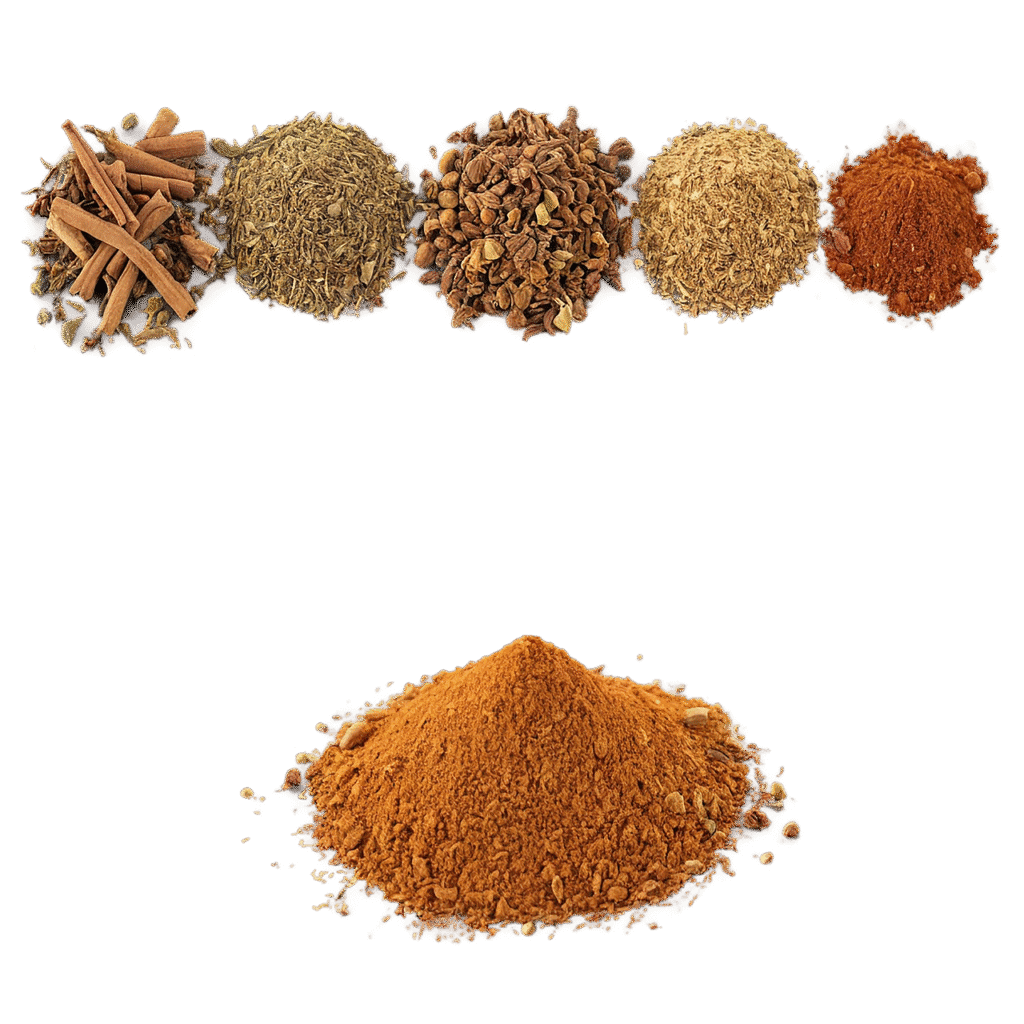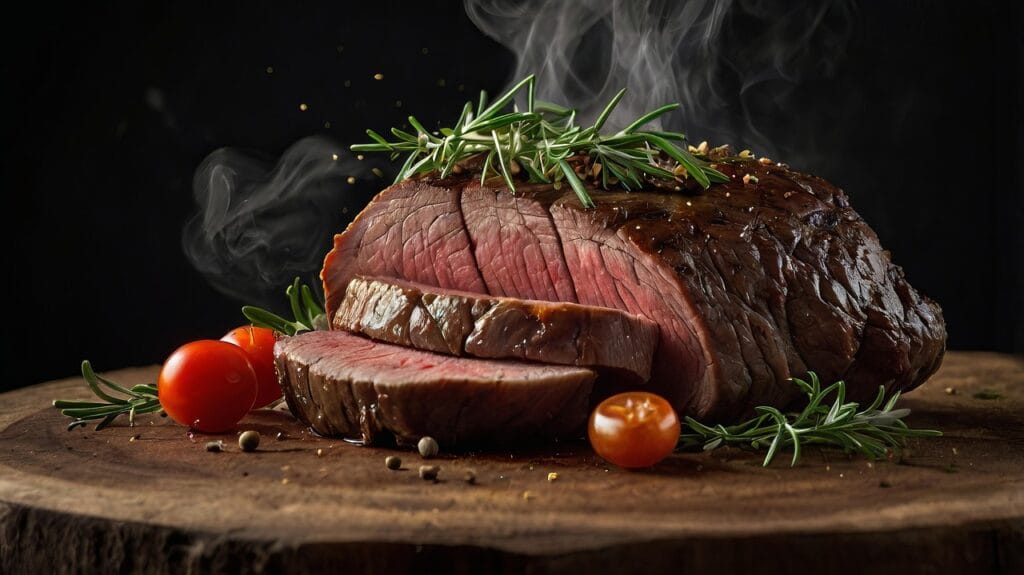Table of Contents
Introduction to National Dishes

What defines a national dish?
Every country has that one dish that symbolizes its culture, history, and identity. A national dish isn’t just what people eat the most — it’s what represents the heart of a nation’s culinary soul. It can tell stories, preserve traditions, and reflect changing tastes over time.
Cultural significance of national cuisine
National dishes are a celebration of identity. They give insight into a country’s history, agriculture, climate, and even political past. In the UK, the debate over the national dish is particularly fascinating — not just because of tradition, but because of the country’s deeply multicultural fabric.
The Culinary Identity of the UK
A melting pot of regional influences
The United Kingdom is a union of four countries: England, Scotland, Wales, and Northern Ireland. Each of these has its own culinary traditions — from haggis in Scotland to Welsh rarebit in Wales. But when people talk about a national dish, they usually mean something that transcends these borders.
Historical evolution of British food
Historically, British food had a reputation for being bland or overly simple. But over the centuries, it has absorbed influences from the Roman Empire, Viking settlers, French cuisine, and, most recently, South Asian, Caribbean, and Middle Eastern cultures — creating a uniquely diverse food scene.
The Official National Dish of the UK
Is there a declared national dish?
Technically, the UK doesn’t have an “official” national dish declared by the government. However, public opinion and cultural conversation have crowned a few favorites over the years.
The rise of Chicken Tikka Masala
One of the most surprising – yet widely accepted – contenders is Chicken Tikka Masala.

Origins of Chicken Tikka Masala
This dish, made of roasted marinated chicken chunks in a creamy tomato-based curry, is believed to have been invented in Britain — possibly in Glasgow — by a South Asian chef trying to adapt to British tastes.
Why it represents modern Britain
Chicken Tikka Masala is a symbol of multicultural Britain. It’s Indian in origin but British in adaptation — a perfect metaphor for a country where global cultures merge. Former UK Foreign Secretary Robin Cook once called it “a true British national dish.”
Fish and Chips – The Traditional Favorite
History and origins
Fish and Chips is often considered the classic British dish. Its origins trace back to the 19th century when fried fish met fried potatoes — a working-class hero of a meal.

Cultural relevance and popularity
It became a staple during World War II, even when most foods were rationed. Today, it’s still widely loved, especially by older generations and tourists.
Is it still the true national dish?
For many, yes. It’s the nostalgic choice — hearty, simple, and rooted in British tradition. But its popularity has somewhat declined with changing food habits and the rise of global cuisines.
Other Contenders for the National Dish
Roast Beef and Yorkshire Pudding
The Sunday Roast is a beloved tradition in British households. Roast beef with Yorkshire pudding, vegetables, and gravy feels like home for many Brits. It’s hearty, communal, and steeped in tradition.

The Full English Breakfast
Another major contender, the Full English, is iconic: eggs, bacon, sausage, beans, tomatoes, mushrooms, black pudding, and toast. It’s more than a meal — it’s a ritual.
Shepherd’s Pie and Cottage Pie
These comforting meat pies made with minced lamb or beef and topped with mashed potatoes are classic British fare. They’re common in family kitchens and pubs alike.
Cornish Pasty and other regional staples
From Cornwall to the Highlands, regional favorites like the Cornish pasty, Welsh cawl, and Scottish haggis offer strong competition. Each dish tells a story of place, climate, and community.
Multiculturalism and Modern British Cuisine
Influence of Indian, Caribbean, and Middle Eastern cuisine
Immigration has been a game changer for British food. From curries to jerk chicken to shawarma, the influence of former colonies and new communities has transformed dining tables and takeout menus.
How immigration has shaped the national palate
Today’s Brits are more adventurous eaters than ever. Supermarkets carry spices and ingredients from all over the world. British cuisine is now a fusion — and that’s reflected in the national dish debate.
Public Opinion and National Identity
What do the British people consider their national dish?
Ask ten people in the UK and you might get ten different answers. But polls have consistently put Chicken Tikka Masala and Fish and Chips at the top of the list.
Polls, media, and debates
In a YouGov poll, Chicken Tikka Masala beat out Roast Beef and Fish and Chips. The media loves to revisit this debate every few years — each time stirring up pride, nostalgia, and the occasional heated Twitter thread.
Conclusion
So, what is the United Kingdom’s national dish? There’s no one-size-fits-all answer. For some, it’s the traditional Fish and Chips. For others, it’s the spicy, comforting Chicken Tikka Masala that reflects a modern, multicultural Britain. And let’s not forget the roast dinners, breakfasts, and regional gems that make British cuisine so rich and diverse.
The truth is, Britain’s national dish isn’t just one plate — it’s a banquet of flavors, histories, and identities. And that’s exactly what makes it so special.














